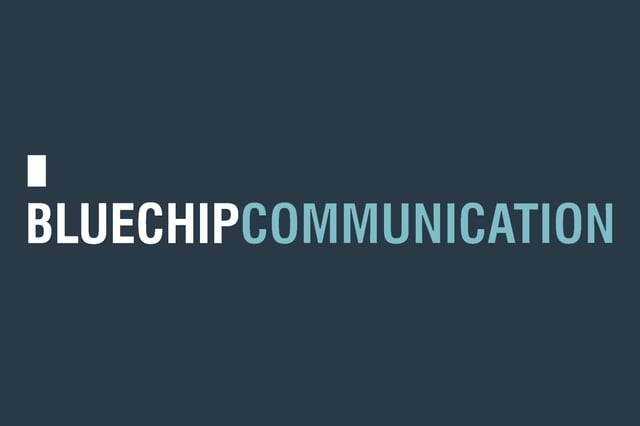
A range of reader reactions to my last PRognosis posting on the future for financial planning after 1 July (‘Financial Planning’s snakes and ladders‘) got me thinking: what if financial planning suddenly disappeared? Or, more accurately, what if financial planning’s heartland as we knew it disappeared?
Think operators servicing Australia’s middle market who may suddenly be forced or incentivised to swing their focus to markets at their extreme right, or left, leaving a classic industry barbell configuration.
To my mind there are already signs that such a polarisation is underway and Australia’s ‘mass-advice’ middle market is at risk of becoming a ‘no go’ zone for the industry. I am not the first to express this view. And I certainly won’t be the last to offer some insight to explain what the trend means for the (real) future of financial advice in Australia.
Here’s what we know. Evidence is emerging about how tough it has become for financial planning licensees to make money in the middle market segment today. We also see heightened consumer standards and regulation to de-couple advice from product manufacturing. This has stirred a great pot of uncertainty, leaving industry to confront an ever more constrained, cost-pressured operating environment.
Add the systemic shifts of greater consumer protectionism, the shift away from asset-based fees towards ‘value based’ retainers and a collective rush to re-jig business models to focus on cash rich / asset rich clients … there is not much left but to genuinely overhaul the core value propositions of these businesses. Or simply get out.
It’s what’s known in other intermediated industries as disruptive force. Think about the traditional travel agent, the high street small business owner who held all the keys to the overseas family holiday, was remunerated by commission, and who enjoyed a central role in the planning and administration part of the client’s holiday experience.
We all know how the travel story ended as web-based, direct to consumer wholesale business models rapidly dismantled the traditional high cost advice end of the value chain, leaving in its wake a haphazard, price-sensitive marketplace. Retail pharmacy is another industry ripe for the picking, were it not for the lobbying of the chemists and the government protections given to their industry in terms of authority to dispense registered pharmaceuticals.
Financial planning is not protected, and the big institutions know this story. And they fear it. Unlike the rapid onset of disruption in travel, financial advice has had the benefit of several early warning signs, among them the inexorable rise of self-managed superannuation. The response from those most exposed to the ‘old world’ middle turf has been to seek ways to grab either end of the barbell, mixed with a ‘hope for the best’ attitude to holding on in the middle ground.
Can technology fix the scaleable end of the advice barbell? Arguably, technology is a fix anywhere along the collective value chain. But it is with the low value / low need segment that it really comes into its own. That is because efficiencies of scale can be deployed – via automation and smart technology such as the Decimal* system – to deliver not just a planning / calculator tool but a whole-of-advice business, compliance, marketing, planning, admin etc platform. True innovation there, folks.
In the context of fixes for the ‘doomsday scenario’ the technology track is really a diversion. For mine, the main game is an old game: direct distribution.
I can recall vividly the fanfare with which the flag of direct distribution (DD) was unfurled in our market over a decade-and-a-half ago. The ground-breaking notion that unit trusts, life insurance and superannuation plans might be bought, not sold, first surfaced at the beginnings of other kindred innovations such as discount stock broking.
These were heady times, and in the great clash of channel conflict that ensued, tied distribution was the victor, leading to a series of big money acquisitions as banks began stacking their wealth models high with a series of neat, vertically integrated business units (advice, platform, manufacturing etc).
But things are different now. Direct looks very attractive. In the age of waning margin and higher costs, why not cut out the middle ground? Why not write off the high overhead costs of running old style dealer licensee businesses and begin new ways of engaging consumers with low cost, high margin models that work?
This would help to explain why there is currently estimated to be $1 billion in industry cap-ex being deployed to overhaul the systems and IT platforms that run the old world. And it’s why we might expect to see a series of new plays being rolled out direct to consumers, using the smartest thinking from technology, marketing and portfolio construction to create true customer engagement, and in so doing decisively end one of the hoariest chestnut arguments in financial planning: who owns the client?
Elsewhere in this edition of PRognosis you will see many references to the term content marketing. I suggest you read these pieces, written by my colleagues at BlueChip. For it is these kinds of initiatives – and yes, social media as well – that will form the spearhead of direct channel marketing in our industry for the next generation of what we know as ‘financial planning’.
Bruce Madden is a former industry journalist, writer and Director at BlueChip Communication. Follow him on Twitter @Madd_23n
*For full disclosure: Decimal is a BlueChip client.











